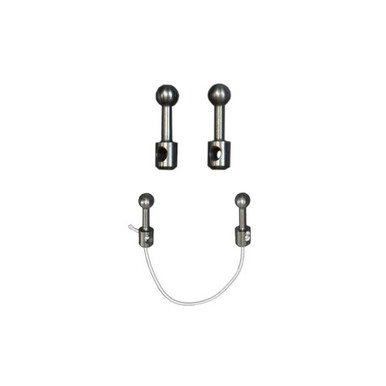Any helpful tips on perfecting constrictor knots or keeping a wishbone stopper knot stay in the tubing?
How do you determine band length with mean green rubber. My practice bands have been too extremely hard to load and my dynema wishbones are occasionally pulling out.
Any suggestions are appreciated
How do you determine band length with mean green rubber. My practice bands have been too extremely hard to load and my dynema wishbones are occasionally pulling out.
Any suggestions are appreciated










